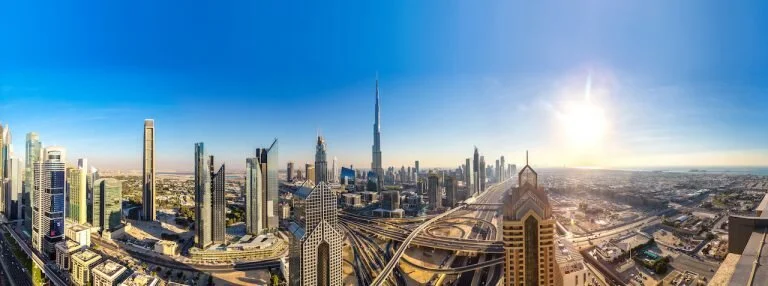Governments around the world are aiming to make their cities smart. In other words, they want to leverage the Internet of Things (IoT) applications to monitor and manage their cities more efficiently. But what is the solution to deploy millions of sensors, cameras and control technologies across sprawling metropolises? The answer is street lighting, the largest network of powered devices across the world.
In the latest report from Counterpoint Research’s IoT service, they show how smart street lighting can form the IoT backbone for smart cities. They showcase the business opportunities for both vendors and cities by going through case studies, existing technologies and assessing the challenges.
Counterpoint Research estimates that less than 18% of the world’s 350 million street lights are LED, with fewer than 2% connected, offering vendors tremendous growth opportunities. Discussing the findings, Neil Shah, Research Director at Counterpoint Research says, “We expect 15% of global street lights to be connected by 2023. This would mean at least 50 million more street lights will be connected creating a large opportunity for companies like Huawei, Telena, Signify and others. A connected street lighting network, complete with sensors and control technologies, can form the backbone for a city-wide network capable of acquiring data, delivering information from millions of devices (from rubbish bins to autonomous vehicles), and monitoring everything from crime to traffic and even the weather.”
Not only can smart street lighting help in monitoring key aspects of a city, it can also generate additional revenues for the city administration. For example, cities can rent out lamp post-mounted digital signage spaces for advertising. It is a model that has proven successful by LinkNYC which is expected to generate over US$1 billion in advertising revenues in its first 10 years of operation.
Gareth Owen, Associate Director at Counterpoint Research adds, “Business cases for smart street lighting networks are still being developed. However, they offer a large potential for cities to generate additional revenue streams. Smart lighting poles could be leased out as Wi-Fi hotspots, 4G/5G base stations, digital signages, and many other such uses. The professional lighting industry is already embracing IoT and will play a significant role in transforming the street lighting network into a major backbone for IoT.”
Another benefit of a smart street lighting network with LEDs lies in energy and operational cost savings. By deploying smart street light projects, Los Angeles and Oslo have seen energy savings of 63% and 62%, respectively. Similarly, smart street lights have helped Saudi Arabia save 50% of its power costs. While operational cost savings depend on the costs the operator currently incurs to maintain its lights, smart street lighting with LEDs offer benefits such as longer lifetime, remote monitoring and management allowing for switching off, or dimming the lights when required, predictive maintenance, and automatic outage detection. These benefits have already started to change the outlook of cities for selecting vendors.
Gareth Owen goes on to explain, “We expect 45% of the global street lighting network will have LEDs by 2023. As smart lighting networks are deployed, cities are moving away from traditional tendering methods in favor of a Total Cost of Ownership (TCO) system which changes the business model from a high CAPEX outlay along with OPEX to a pure OPEX solution. Several smart lighting companies are already offering Lighting-as-a-Service (LaaS) business models in which customers pay per lux, i.e. on a usage basis, rather than simply paying for devices and a standard managed service.”
However, as with any new technology there are hurdles. “While the use of smart lighting infrastructure as a technological foundation for a smart city is a very promising prospect, a few challenges must first be overcome. Business models need to be adapted further to include the value of all supported services and not just lighting. Further, issues on connectivity, operational barriers, security issues, ownership challenges and lastly, infrastructure challenges need to be resolved,” Owen adds.
Companies mentioned in this report include Huawei, Cisco, Telena, Signify, Itron, Cleverciti, Echelon Corp., Rongwen, Current (powered by GE), Flashnet, Sensus, gridComm, DimOnOff, Trilliant, Acuity, Ubicquia, Tvilight, Enlighted, AT&T, Verizon, Sansi Technology, ZTE, Philips and Ruchi Telecom.
The report is available for subscribing clients and for purchase on Counterpoint’s research portal. Please feel free to reach out to press@counterpointresearch.com for further questions regarding their in-depth latest research, insights or press enquiries.
About Counterpoint Technology Market Research
Counterpoint Technology Market Research is a global research firm specializing in Technology products in the TMT industry. It services major technology firms and financial firms with a mix of monthly reports, customized projects and detailed analysis of the mobile and technology markets. Its key analysts are experts in the industry with an average tenure of 13 years in high-tech industries.










